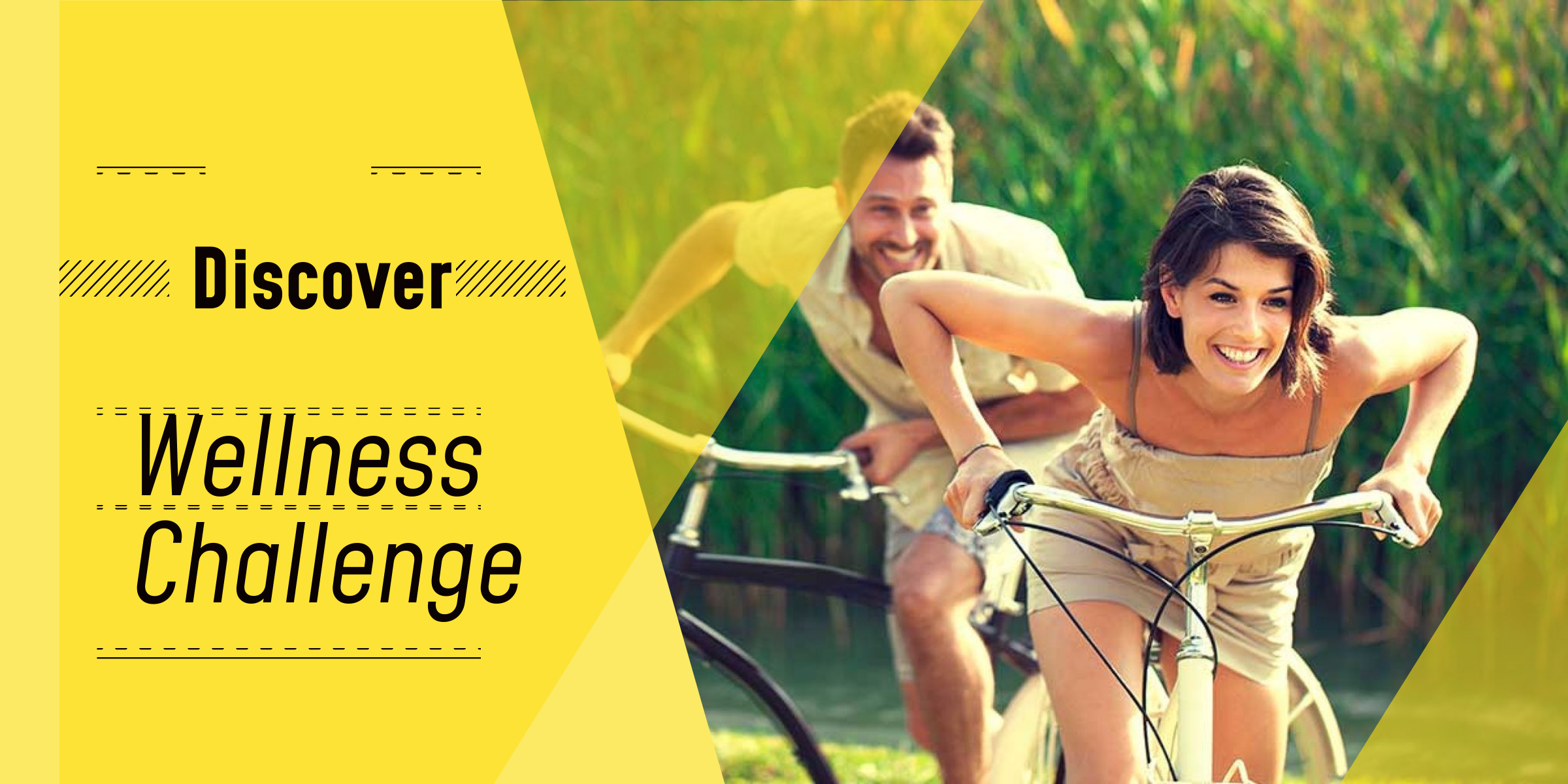Introduction: Embrace the Journey to Everyday Wellness
Wellness is more than just a buzzword; it’s an active and ongoing process that empowers you to reach your full potential and live a life filled with health, happiness, and fulfillment. It involves various interconnected dimensions that create a holistic approach to well-being.
According to the World Health Organization, wellness is “a state of complete physical, mental, and social well-being, and not merely the absence of disease or infirmity.”
To truly embrace wellness, consider its multiple dimensions: emotional, spiritual, intellectual, physical, environmental, financial, occupational, and social. Each dimension plays a vital role, and neglecting one can ripple through others. For example, financial stress can impact emotional health, while a lack of physical activity may affect mental and social well-being.
The journey to everyday wellness involves making intentional choices to nurture all aspects of your life. This includes finding joy in your work, building meaningful relationships, and adopting healthy habits. It also means connecting with nature, managing finances wisely, and fostering personal growth through learning.
Join the Discover Wellness Challenge and embark on a transformative journey to revitalize your life. Over the coming weeks, explore practical strategies to enhance each dimension of wellness, from improving nutrition to prioritizing self-care and love. Don’t wait—buy now into this incredible opportunity to transform your health and well-being.
Week 1: Mindful Movements
Setting Achievable Goals
When it comes to incorporating mindful movements into your daily routine, setting achievable goals is important. This involves creating objectives that are Specific, Measurable, Achievable, Relevant, and Time-bound (S.M.A.R.T.) to ensure you stay motivated and consistent. For example, instead of setting a vague goal like “I will exercise more,” define a specific goal such as “I will engage in 20-30 minutes of moderate physical activity, three times a week, for the next four weeks.”
Incorporating Daily Exercise
Incorporating daily exercise doesn’t have to be daunting. Here are some practical steps to help you get started:
Begin by identifying small, manageable opportunities for physical activity within your existing schedule. This could be as simple as taking a 15-minute walk during your lunch break, using the stairs instead of the elevator, or doing a few stretching exercises in the morning.
The key is to find activities that you enjoy and can easily integrate into your daily routine.
Consider activities that combine physical movement with mindfulness, such as yoga or tai chi. These practices not only improve your physical health but also help in reducing stress and enhancing your mental well-being. You can find local classes or follow online tutorials to get started.
Use tools like fitness trackers or mobile apps to monitor your progress and stay accountable. These tools can help you track your steps, time, or repetitions, providing a clear measure of your achievements and motivating you to continue.
Lastly, find an accountability buddy or join a fitness group to add a social element to your exercise routine. Exercising with others can make the experience more enjoyable and help you stay committed to your goals.
By setting achievable goals and incorporating mindful movements into your daily life, you can lay a strong foundation for your wellness journey and make significant strides towards a healthier, more balanced life.
Week 2: Nourishment for Your Body and Mind

Hydration and Healthy Eating
Proper hydration and healthy eating are foundational elements of overall wellness. Here are some key points to focus on during this week:
Hydration is often overlooked but is important for both physical and mental health. Aim to drink at least eight glasses of water a day, and consider increasing this amount if you are physically active or live in a hot climate.
Additionally, limit your intake of sugary drinks and caffeine, which can act as diuretics and dehydrate you further.
Healthy eating involves making conscious choices about the food you consume. Focus on incorporating a balanced diet rich in fruits, vegetables, whole grains, and lean proteins.
The Mediterranean diet is a good model to follow, as it emphasizes whole foods and has been associated with numerous health benefits. When shopping, fill most of your cart with produce and avoid the center aisles of the grocery store, which are often filled with processed foods.
Planning your meals ahead of time can also make a significant difference. Use the “3-3-2 rule” when grocery shopping: purchase three vegetables, three fruits, and two protein sources as a starting point.
This helps ensure you have healthy options available and reduces the likelihood of resorting to quick, unhealthy choices.
Mindful Eating Practices
Mindful eating is a powerful tool for nourishing both your body and mind. Here are some practices to incorporate into your daily routine:
Start by setting the right environment for eating. Turn off distractions such as TVs, phones, and computers, and eat at a table with utensils rather than out of containers.
This helps you focus on the food and the experience of eating.
Before eating, take a moment to appreciate the food in front of you. Consider the effort that went into preparing the meal, the people you are sharing it with, and the nutritional value of the food. Expressing gratitude can enhance your eating experience and make it more enjoyable.
Engage all your senses while eating. Notice the colors, smells, textures, and tastes of the food. Slow down your eating by taking small bites, chewing thoroughly, and putting your utensil down between bites.
This allows your brain to catch up with your stomach and helps you recognize when you are full.
Be mindful of your hunger and fullness cues. Eat when you are hungry and stop when you feel satisfied, rather than waiting until you are full. This helps in developing a healthier relationship with food and reduces the risk of overeating.
By focusing on hydration, healthy eating, and mindful eating practices, you can significantly improve your overall well-being and set a strong foundation for the rest of your wellness journey. Don’t hesitate to get it now and take the first step toward a more balanced and fulfilling life.
Week 3: Restorative Routines

Quality Sleep
Achieving quality sleep is a cornerstone of overall wellness. Here are some strategies to help you improve your sleep hygiene and ensure restorative sleep:
Establish a consistent sleep schedule by going to bed and waking up at the same time every day, including weekends. This helps regulate your body’s internal clock and improves the quality of your sleep.
Create a sleep-conducive environment by ensuring your bedroom is quiet, dark, and cool. Use blackout curtains, earplugs, or white noise machines if necessary. Invest in a comfortable mattress and bedding to support a restful night’s sleep.
Develop a relaxing bedtime routine to signal to your body that it is time to sleep. This could include activities such as reading a book, listening to calming music, taking a warm bath, or practicing relaxation exercises like deep breathing or meditation.
Avoid stimulants close to bedtime, including caffeine, nicotine, and alcohol. These substances can disrupt your sleep patterns and make it difficult to fall asleep or stay asleep throughout the night.
Limit your exposure to electronic devices at least an hour before bedtime, as the blue light emitted from these devices can suppress melatonin production and interfere with your sleep.
Stress Management Techniques
Effective stress management is essential for maintaining overall wellness and ensuring quality sleep. Here are some techniques to help you manage stress:
Practice mindfulness and meditation to help reduce stress and anxiety. Techniques such as guided meditation, mindfulness exercises, and deep breathing can help calm your mind and body before sleep.
Engage in physical activity, but avoid intense exercise within a few hours of bedtime. Regular physical activity can help reduce stress and improve sleep quality, but it should be timed to avoid stimulating your body too close to bedtime.
Use journaling or writing down your to-do list for the next day to clear your mind before bed. This can help alleviate worries and anxieties that might keep you awake.
Implement relaxation techniques such as progressive muscle relaxation, controlled breathing, or yoga to help unwind and prepare for sleep. These practices can help reduce stress and promote a restful night’s sleep.
If you find yourself lying awake due to stress or anxiety, get out of bed and engage in a relaxing activity in a low-light environment until you feel sleepy again. Avoid checking the time or using electronic devices during this period.
By focusing on quality sleep and effective stress management, you can significantly enhance your overall well-being and ensure that you are well-rested and ready to tackle each day with energy and clarity.
Conclusion: Celebrating and Continuing the Wellness Journey
As you conclude the Discover Wellness Challenge, remember that wellness is a continuous journey of self-discovery and growth. The key to your success lies in mindful movements, nourishing both your body and mind, and establishing restorative routines.
Keep your goals achievable, practice mindful eating, and prioritize quality sleep. Embrace self-love and live life with purpose, taking time to reflect on your progress and celebrate small victories along the way. These small wins will keep you motivated and moving forward.
Take action by incorporating these habits into your daily life. Use journaling to track your wellness activities and reflect on your experiences. Stay consistent, be patient, and always remember that every step forward is a step toward a healthier, more balanced life.
By committing to these practices, you will foster a deeper connection with your well-being and unlock your full potential. Celebrate your progress and continue embracing this transformative journey with confidence and joy.
FAQ
How do I track my activity and progress in the Discover Wellness Challenge?
To track your activity and progress in the Discover Wellness Challenge, you can use the CoreHealth wellness management platform. This platform integrates all program components, allowing for seamless tracking of wellness incentives, biometric screenings, and health coaching.
It provides real-time updates, customizable resources, and improved admin tools for efficient tracking and engagement.
Are there different levels of difficulty or customization options available for the challenge?
Yes, there are different levels of difficulty and customization options available for challenges across various platforms:
- EC-Council’s Hackerverse CTF challenges are categorized into four difficulty levels: Apprentice (Very Easy), Journeyman (Easy), Master (Medium), and Grandmaster (Hard).
- Secure Code Warrior offers three difficulty levels: Easy, Medium, and Hard, with increasing complexity in the number of options and code blocks to analyze.
- KooBits Daily Challenge has four difficulty levels: Elementary, Intermediate, Advanced, and Master, which can be adjusted based on the user’s performance.
Can I participate in the challenge if I have limited mobility or specific health conditions?
Yes, participation in challenges with limited mobility or specific health conditions is possible but often requires adaptive measures. For example, using assistive technology, modifying physical activities, or seeking comprehensive clinical services can help mitigate barriers and ensure inclusion.
What kind of support and resources are available to help me stay motivated and engaged throughout the challenge?
To stay motivated and engaged, you can utilize several support systems and resources:
- Join a support group or find an accountability partner for encouragement and guidance.
- Seek inspiration from role models and learn from their experiences.
- Create a vision board and practice visualization to reinforce your goals.
- Set specific, achievable goals using the SMART framework and track your progress.
- Practice self-compassion and use positive affirmations to maintain a positive mindset.
- Stay physically active to enhance mental health and resilience.
- Break tasks into smaller steps and focus on one step at a time to build momentum.
- Use tools like challenge trackers and to-do lists to stay organized and motivated.
